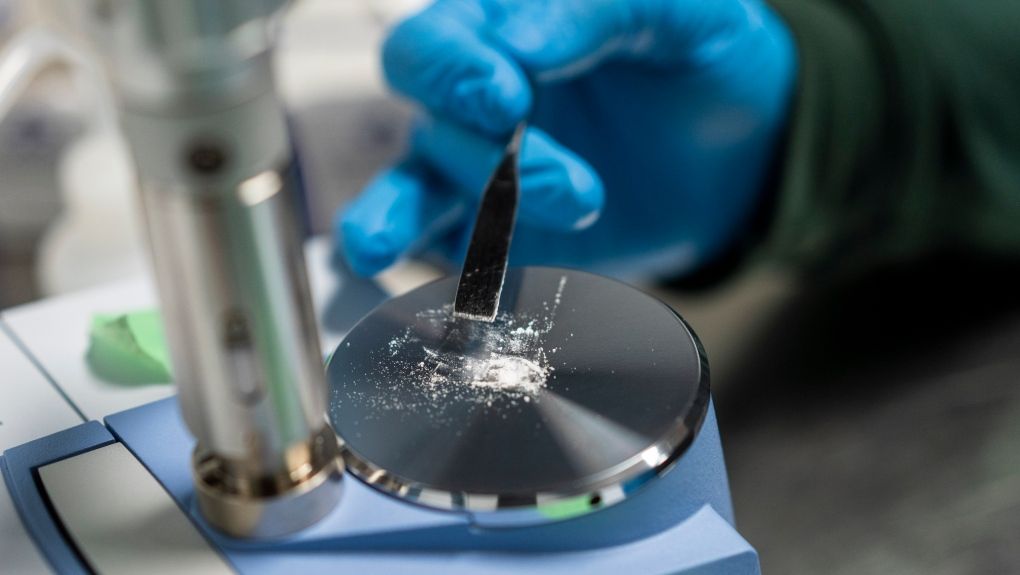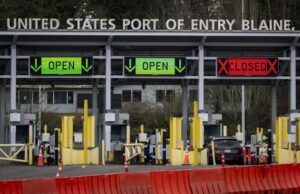
Another harmful substance is spreading within Canada’s unregulated street drug supply and, without more aggressive intervention from policymakers, one expert says a growing number of people could be at risk of serious illness, injury or death.
Xylazine is a potent veterinary tranquillizer used in large animals, such as horses, but not approved for use in humans. Known on the street as “tranq dope” or “zombie drug,” it is increasingly being used as an additive in opioids due to its ability to prolong their effects. However, it can also cause extended blackouts, and severe abscesses that sometimes lead to amputation.
Hayley Thompson, project manager at Toronto Drug Checking Service, says most people sickened by xylazine are unknowingly exposed via contaminated fentanyl, meaning victims often experience the effects of both drugs at once.
“When people are using it alongside fentanyl, it would create further sedative effects, further central nervous system depressant and vital suppression (effects),” Thompson told CTV’s Your Morning on Monday, explaining how the added sedative effect increases risk of dangerous respiratory and cardiac slowing.
Xylazine also acts as a vasoconstrictor – meaning it causes a narrowing of the blood vessels – and can put users at risk of developing severe abscesses. In the U.S., where contamination rates are as high as 90 per cent in some cities, Thompson said this side-effect of the drug has led to limb amputations.
Adding to the danger, xylazine does not respond to naloxone, a fast-acting drug used to temporarily reverse the effects of opioid overdoses.
And xylazine appearance in unregulated drugs is on the rise in Canada.
According to a recent report from Health Canada, xylazine was identified in 1,350 samples of drugs seized across Canada in 2022, out of 2,324 identifications total since record-keeping began in 2015. The largest numbers have come out of Ontario and British Columbia.
Thompson said this trend highlights how important it is to educate the public about how easily the unregulated fentanyl supply can be contaminated with substances users don’t expect to encounter.
“Xylazine is just one of over a dozen drugs that we consider noteworthy that we regularly see in the unregulated fentanyl supply,” she said.
According to the latest federal government data, there were a total of 3,556 suspected opioid overdose deaths in the first half of 2022. This equals around 20 deaths a day. From January to June of 2022, 90 per cent of all accidental apparent opioid toxicity deaths in Canada occurred in B.C., Alberta, or Ontario.
To better protect people who use street drugs, Thompson said harm reduction advocates want to see government explore “bolder policy measures” such as increasing investment in supervised consumption services that would allow people to more easily access a safe supply of opioids.
“We’d like to see more people being able to make informed decisions about their drug use, and also safer supply being more available to people,” she said.
“Without safer supply and drug checking, people really don’t know what it is they’re using, and therefore can’t appropriately dose themselves. That’s why we’re seeing all of these accidental drug poisoning deaths.”







